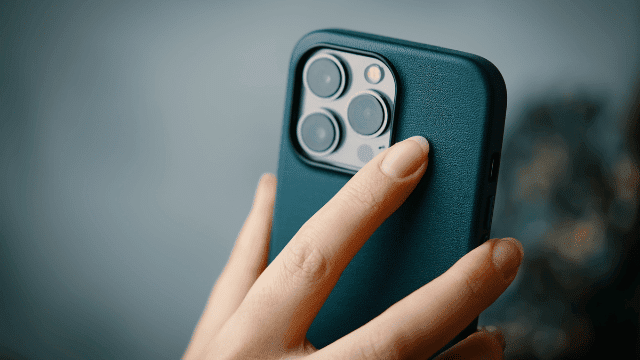Growing demand for elevated viewing experiences at home
Over the course of the past few years, consumers, video content providers, and electronic device producers alike have been pushing the boundaries of what each considers a higher quality of viewer experience; Ranging from the user-friendliness of an application to improved content recommendations to the highest resolution video content with the ultimate goal of elevating the viewer experience. As the quality of consumer electronic devices increases with over 50% of global consumers owning a 4K or higher resolution TV, it’s imperative that the quality of content and experience are there to match.
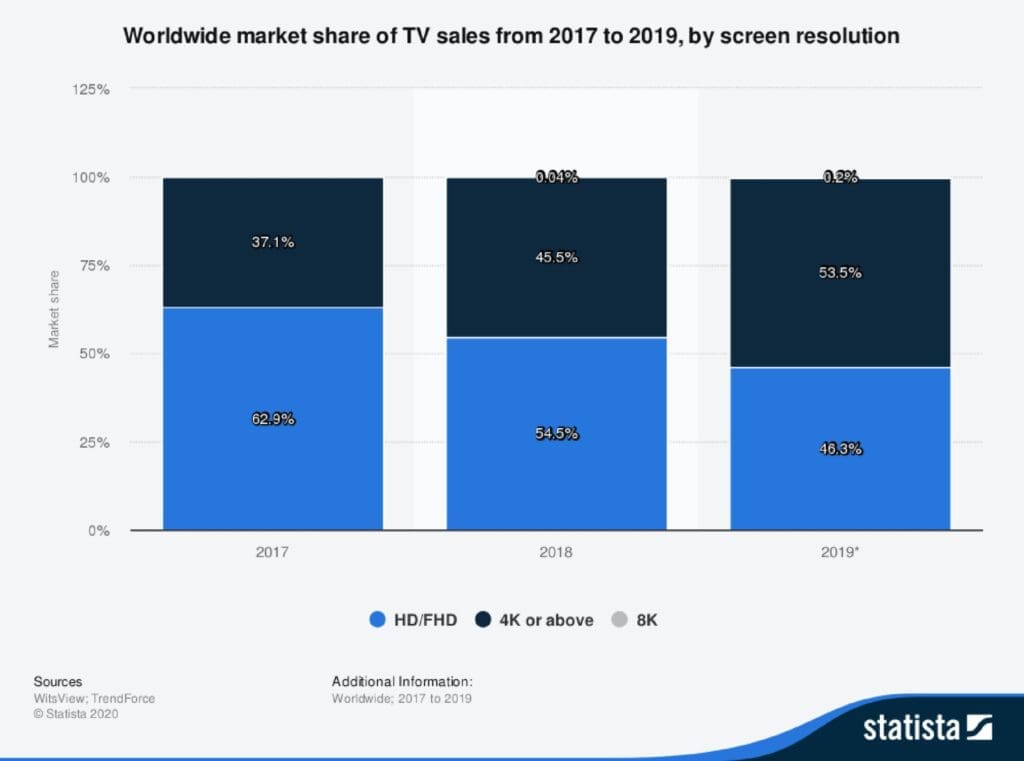
The over-abundance of services (more than 300 OTT services in the US alone) makes it more important than ever to find means to differentiate and find a way to capture a significant piece of the market share. A key method of doing so is to provide premium content that can reach the maximum number of devices, wherever and whenever a consumer wants to view it. However, the cost of producing (or purchasing the rights to) premium content can be incredibly high – Netflix, Amazon, Apple, and Hulu have spent a combined estimated $30 billion on content in 2020 to reach the millions of global SVOD consumers.
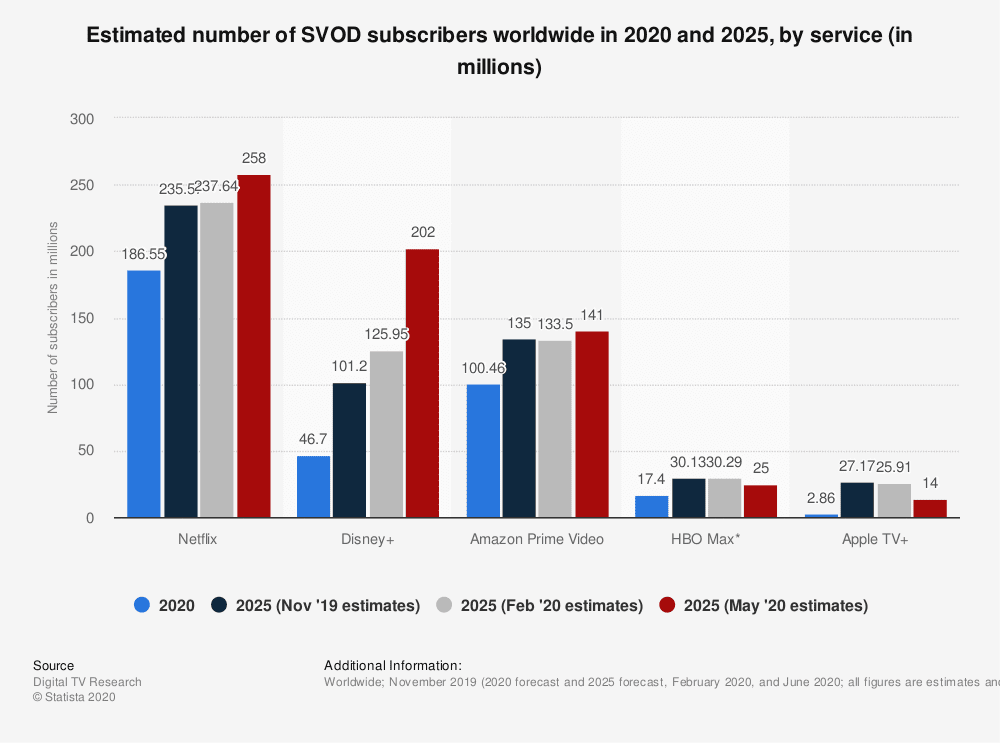
Thus, it becomes invaluable to find new ways to innovate on cost and quality of experience (QoE). Some of the latest innovations in the space are to provide more efficient methods of delivering high-quality sound and video on 4K, HDR, and Immersive sound-enabled devices. To differentiate at this level of quality to gain and retain consumers, organizations can adopt cloud-agnostic / multi-cloud compression technologies enabling high fidelity content delivery support with Dolby Vision and Dolby Atmos.
Video and Audio Innovations with Dolby
Realistic visual quality in HDR
Dolby has played a key role in the development of HDR for both commercial cinema and home theatre applications. From a home entertainment perspective, the company’s most important contribution has been the advanced form of HDR (High Dynamic Range), known as Dolby Vision. Dolby Vision has the potential to improve consumers’ viewing experience by constantly optimizing the way their TVs deliver HDR pictures. It also gives content producers more control over how their HDR programming appears on TVs.

The most significant advantage of Dolby Vision HDR versus HDR10 is the addition of dynamic metadata to the core HDR image data. This metadata carries scene-by-scene instructions that a Dolby Vision-capable display can use to make sure it portrays the content as accurately as possible. Dolby Vision-capable TVs combine the scene-by-scene information received from the source with an awareness of their own capabilities in terms of brightness, contrast, and color performance. HDR-enabled TVs aren’t the only device types that are supporting Dolby Vision implementations, as the new Xbox Series X will support HDR10+ and Dolby Vision and the iPhone 12 will record content in Dolby Vision HDR, further supporting the winning strategy of expanded consumer reach.
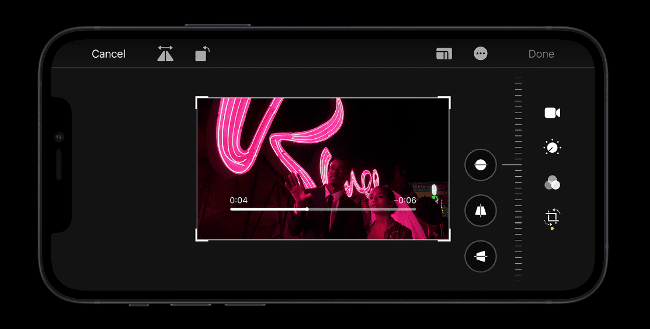
Immersive audio experiences are the new norm
The improvement of sound quality in video content has been as progressive as the development of perceptual video quality. The most recent development of note that led up to Dolby Atmos was the rapid consumer device adoption of 5.1 surround sound from standard stereo. Although, 5.1 hasn’t been the standard for premium movie sound in the living room for long, as the sound experience was upgraded to 7.1 channels within 10 years. The additional two channels don’t just improve the resolution of the two-dimensional surround sound world by adding more speakers, but also create a more immersive audio experience. To further improve on 7.1, Dolby sought out to add a third dimension to the mix.
The goal was to give mixers better tools to create the best immersive audio experience independent of the actual speaker configuration. While mixers will still create a 7.1.2 audio bed that includes things like dialog, music, and other background sounds, they can now also place over 100 audio objects into the 3D environment around you to create a more life-like and truly immersive experience.

These latest innovations from Dolby are a clear and definitive step to help provide the premium content in the best possible quality across countless platforms and devices to stand out as an OTT service. However, the high cost of efficiently implementing and delivering said content remains an obstacle to the bottom line.
Higher QoE with cloud-agnostic encoding solutions using Bitmovin & Dolby
Using Dolby Vision and Dolby Atmos within Bitmovin’s cloud-agnostic encoding will ensure the perfect balance of quality and costs as streaming services can produce content for immersive at-home viewing experiences. Development teams can simply feed object-based Atmos files to the encoder with the confidence that their files are Dolby certified and usable for streaming. No additional setup or integration is needed. This enables streaming services to quickly implement Dolby Vision and Dolby Atmos without worrying about the certification process so they can market their assets faster, all while Bitmovin’s per-title or multipass encoding will provide the least lossy compression, thus maintaining quality while reducing the cost of storage and delivery.

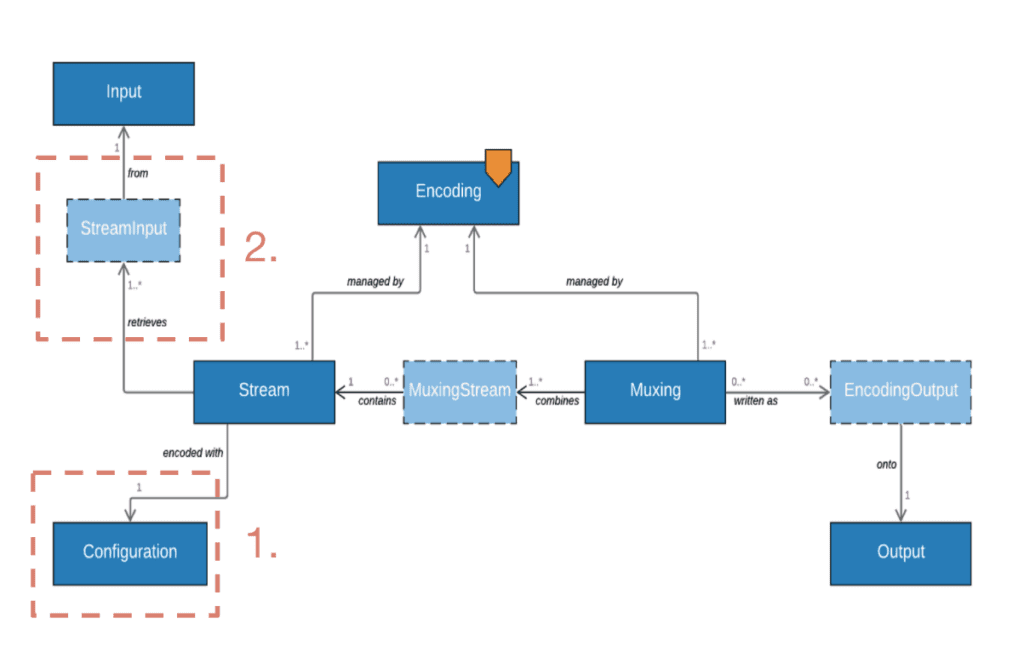
To date, Bitmovin is the first online video Dolby Pro Partner platform that offers both Dolby Vision and Dolby Atmos encoding in the cloud. To do so, there are two fundamental elements that you must adapt to make use of our Dolby certified encoding. In the case of Dolby Atmos, you must adjust your codec configuration and inputStreams, as illustrated below:
This workflow can be applied for either the DAMF or ADM input formats. Here is an example of a DAMF codec input configuration:
DolbyAtmosAudioConfiguration config = new DolbyAtmosAudioConfiguration(); config.setName("Dolby Atmos audio config"); config.setBitrate(768000L); config.setRate(48000.0);
DolbyAtmosLoudnessControl loudnessControl = new DolbyAtmosLoudnessControl();
loudnessControl.setMeteringMode(DolbyAtmosMeteringMode.ITU_R_BS_1770_4);
loudnessControl.setDialogueIntelligence(DolbyAtmosDialogueIntelligence.ENABLED);
loudnessControl.setSpeechThreshold(15);
config.setLoudnessControl(loudnessControl);
return bitmovinApi.encoding.configurations.audio.dolbyAtmos.create(config);
Followed by adding DAMF as the defacto input format for the inputStream:
DolbyAtmosIngestInputStream inputStream = new DolbyAtmosIngestInputStream();
inputStream.setInputId(input.getId());
inputStream.setInputFormat(DolbyAtmosInputFormat.DAMF);
inputStream.setInputPath("input-file.atmos")
return bitmovinApi.encoding.encodings.inputStreams.dolbyAtmos.create(encoding.getId(), inputStream);
Much like most of our services, we’ve done the heavy lifting for you, and those two configurative steps are all that you need to run a successful Encoding using Dolby Atmos with the Bitmovin Encoder.
Learn more about Bitmovin and Dolby’s video and audio quality innovations below:
[Blog Post] How to Effectively & Affordably Deliver 4K, HDR, & Dolby Vision Content




